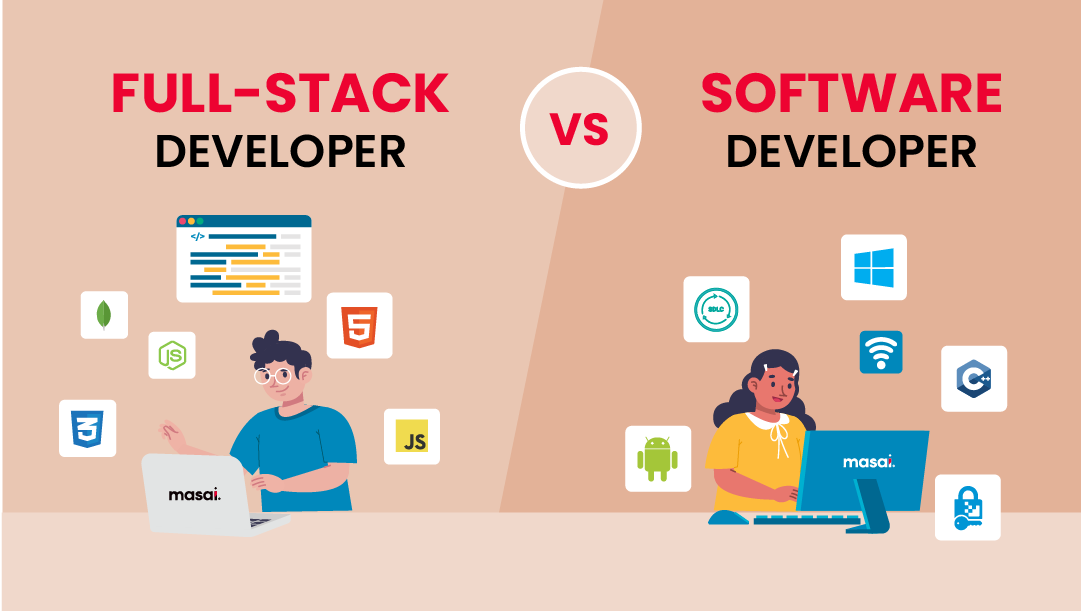The Advantages of a Dedicated Development Team in a Competitive Market
The Advantages of a Dedicated Development Team in a Competitive Market
Blog Article
Dedicated Developers vs. In-House Teams: Which Is Right for You?
The decision in between using devoted designers and keeping an internal team is a significant one that can affect the trajectory of your jobs and total organization strategy. Dedicated developers supply a degree of versatility and customized expertise that can be useful for particular, temporary campaigns. Alternatively, in-house groups add to a cohesive company society and a nuanced understanding of lasting objectives. By checking out crucial elements such as budget, job scope, and desired control, you can better figure out which strategy aligns with your organizational requirements. However, the implications of this selection extend past instant outcomes-- consider the broader influence on your service landscape.
Comprehending Devoted Designers
The expanding need for specialized abilities in the tech market has actually led to the appearance of dedicated designers as a sensible option for numerous organizations. These experts are generally contracted on a job basis, enabling business to utilize details expertise without the long-lasting commitment connected with full time hires. Devoted developers are often ingrained within a customer's group, supplying flexibility and scalability to fulfill task requirements.
This design enables organizations to access a worldwide talent swimming pool, which is particularly advantageous in a quickly evolving technological landscape. Committed developers can be sourced from various geographical places, making certain that business can discover the ideal capability at affordable prices. They often bring a wealth of experience and expertise, having actually worked on varied projects across different markets.
Additionally, devoted programmers can concentrate exclusively on the jobs at hand, enhancing efficiency and performance. They are outfitted to incorporate flawlessly right into existing workflows, collaborating closely with internal groups to achieve project objectives. This approach not just reduces the burden of employment and training but likewise permits organizations to remain dexterous, adapting rapidly to altering market demands and technical advancements.
Advantages of In-House Teams

Additionally, in-house teams have a tendency to have a much deeper understanding of the company's mission, worths, and objectives. This alignment can boost worker involvement and inspiration, as staff member feel extra connected to their work and the company's success. In addition, having a devoted internal team enables far better placement of strategies and purposes, as these members are consistently concentrated on the business's top priorities.
Internal teams likewise assist in quicker decision-making procedures, as they can react extra swiftly to changes and challenges. The well established relationships and familiarity with company procedures permit structured workflows and lowered miscommunication. Inevitably, the combination of a natural culture, positioning with business goals, and effective interaction makes internal teams a beneficial possession for numerous companies, particularly those looking to cultivate long-lasting development and innovation.
Cost Considerations
When reviewing price considerations, both committed developers and in-house groups existing unique monetary implications for organizations. Engaging devoted designers typically includes a pay-per-project or per hour price version, which can be cost-efficient for businesses with changing project needs. This strategy enables for adaptability in scaling resources up or down, making certain that business just spend for the services they require.
On the other hand, internal groups entail taken care of expenses, including salaries, advantages, and overhead costs such as office and devices. While this model offers greater control and prompt schedule of resources, it might bring about higher long-term expenditures, especially if the work does not justify a full time personnel.
In addition, firms must think about the hidden prices connected with employment and training of internal staff members, which can further stress budget plans. In many cases, the time and sources invested on browse around this web-site handling an internal group can interfere with the organization's core service purposes.

Job Monitoring and Flexibility
Project administration and flexibility are vital aspects that influence the choice in between committed designers and internal teams. Dedicated designers generally use a high degree of flexibility, permitting organizations to range resources up or down based on project demands. This dexterity can be especially helpful for services experiencing rising and fall workloads or those seeking to introduce swiftly. Dedicated groups frequently have actually established procedures for managing jobs effectively, leveraging certain methodologies like Agile or Scrum, which facilitate repetitive progression and flexibility.

Inevitably, the selection in between internal teams and committed developers view it now pivots on the preferred degree of versatility and the details task monitoring requirements. Companies have to evaluate their operational characteristics, project complexity, and source availability to establish which choice straightens ideal with their tactical purposes.
Making the Right Selection
Selecting the appropriate growth approach-- in-house groups her comment is here or committed programmers-- requires a careful assessment of numerous aspects that align with a company's tactical goals. Alternatively, in-house groups can give far better connection and integration with existing workers.
Next, examine your spending plan. Committed designers frequently present a cost-efficient remedy for short-term projects, while in-house teams might sustain greater long-lasting expenditures because of salaries, benefits, and overhead expenses. Evaluate the degree of control and partnership preferred; in-house groups commonly promote stronger communication and alignment with company culture.
If immediate results are needed, devoted developers can be onboarded swiftly, whereas building an internal group takes time for recruitment and training. If continual growth is vital, spending in an internal group might yield far better returns over time.
Final Thought
Finally, the decision in between dedicated designers and internal groups depends upon task requirements and business goals. Committed developers supply adaptability and specialized proficiency, making them appropriate for temporary campaigns. On the other hand, in-house groups cultivate a natural society and deeper alignment with long-term objectives. Cautious evaluation of spending plan restraints, project timelines, and wanted control degrees is essential for figuring out the most suitable technique, making sure alignment with strategic concerns and functional efficiency.
The decision between making use of specialized developers and keeping an internal team is a significant one that can affect the trajectory of your projects and total business approach.Job management and flexibility are essential variables that affect the option between internal groups and committed designers. software engineering staffing.In contrast, internal teams may excel in preserving a regular task monitoring structure due to their familiarity with the organization's culture and long-lasting goals. Dedicated developers commonly provide a cost-efficient option for short-term tasks, while in-house groups might sustain greater long-lasting expenditures due to salaries, advantages, and overhead costs.In verdict, the decision in between internal groups and committed developers hinges on task needs and organizational goals
Report this page